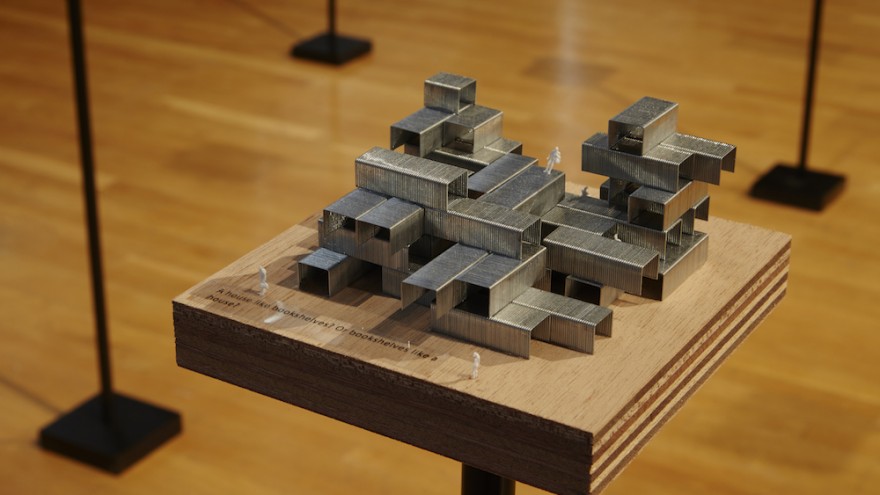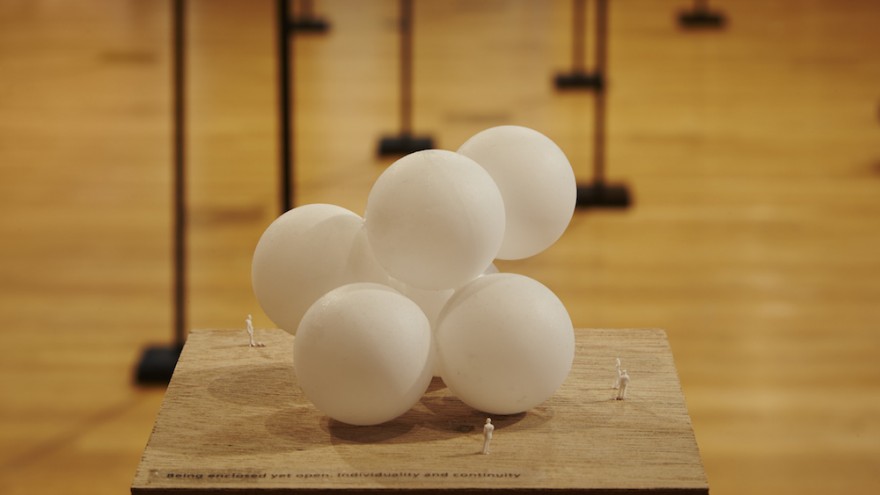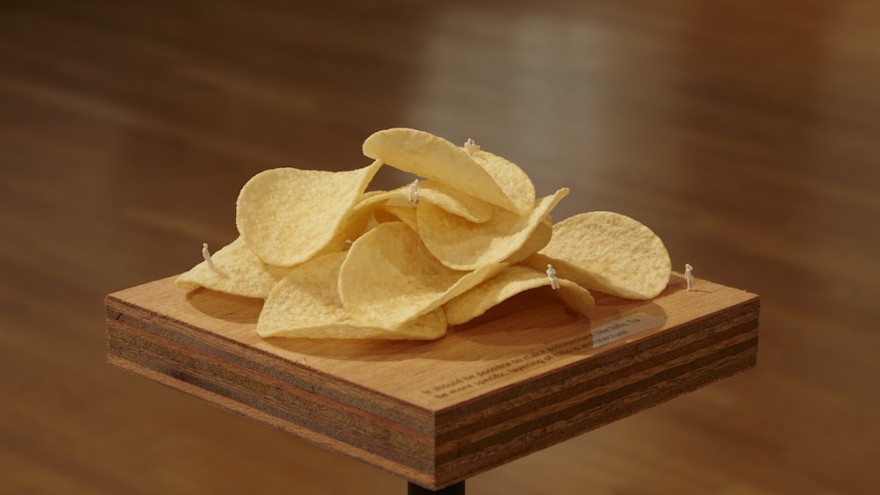The 21st century brings with it further advancements in technology and even greater access to information, which has begun to blur the prescribed definitions of industries and disrupt the very fundamentals on which they were founded. Architecture has moved beyond the building or the architect – something made apparent in Sou Fujimoto’s Architecture is Everywhere exhibition at the 2015 Chicago Architecture Biennial.
The Japanese architect imagines small, everyday objects as possible human habitats by placing ant-sized figures amidst the objects, which creates the illusion of miniature architectural landscapes. What could be considered architecture? In Architecture is Everywhere, a pile of potato chips becomes a canopy-like shelter and carefully arranged staples appear as a minimalist bunker.
For Fujimoto the project is a comment on the difference between found and made architecture – an idea that is central to his architectural practice. “Found architecture” is a notion driven by chance discoveries of anything that has the potential to become an architectural space. This is completely opposite to designing a structure with pre-planned intent. Fujimoto proposes a new way forward for architecture that is perhaps more suited to increasingly saturated environments with little room for added infrastructure.
Sou Fujimoto will be speaking at Design Indaba Conference 2016. Book now.










